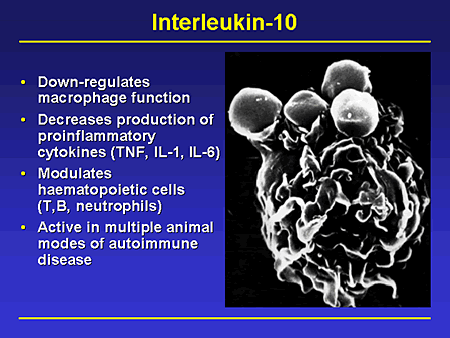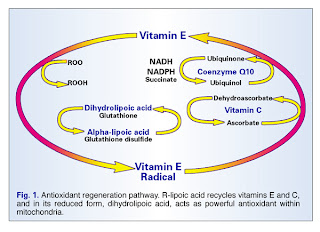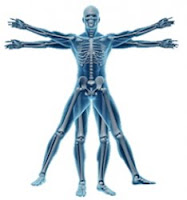Debbie died yesterday. She was a never-failing source of encouragement and intelligent support on one of my key online CRPS support groups.
She died on the table, while undergoing a medical procedure. I don’t know exactly what it was, and given my respect for patient confidentiality, it’s none of my business.
She’s the first person to die of my disease, to whom I felt personally attached. Needless to say, it’s sobering as hell.
I’ve written about the need to attribute deaths from this disease correctly. I’m preparing my own final papers. These thoughts are nothing new.
But today, they are biting deep.
I’ve recently become highly politicized over rights abuses and intolerable corporate stature in my country. I have privately — and quietly — become convinced that the US healthcare system is so completely predatory, so opposed to its own mandate, that it will never offer healing for anyone in my position.
Debbie’s death has broken through my professional anxiety about appearing detached and scientifically sound. I have, at long last, become politicized about the most important subject in my life, after 25 years of personal and professional involvement up to my back teeth.
I have minimized my discussion here of what actually works. That dishonest omission has done us all a great disservice. I’m going to discuss what works, whether or not it’s FDA approved, pharmaceutically profitable, or adequately studied.
Medical studies are a shining example of the fact that we inspect what we expect, not necessarily what we need. The fact that studies have not been done on most modalities, or not rigorously done in double-blind experiments, doesn’t mean the modalities don’t work.
It means the studies need to be done. Period.
Where I understand the mechanisms of action, I will explain them. Where studies don’t exist, I’ll detail what should probably be explored.
But I have had enough of silence. I will not die as Debbie did. I will not die on the table. I certainly will not die saturated with soul-destroying pharmaceutical-grade poisons, as so many of us do.
I will find a better way. I will find a way that works. I’ll do my best to persuade others to study the modalities involved, and to fund the studies. My legislators will learn to recognize my name on sight, because their slavish debt to the pharmaceutical industry is absolutely intolerable and it’s up to me, and others like me, to convince them of that.
I wish Debbie a painless and peaceful rest. I hope her extraordinary husband finds enough strength and comfort to manage life without her.
For myself, I want the intelligence, resources and strength to find a solid cure, make it happen, and spread the word.
No more silence. It’s too much like consent or, worse, collusion.
I do not consent to the deaths of my friends.
With my eyes now open, I’ll no longer collude.
Let’s find a real way out.













